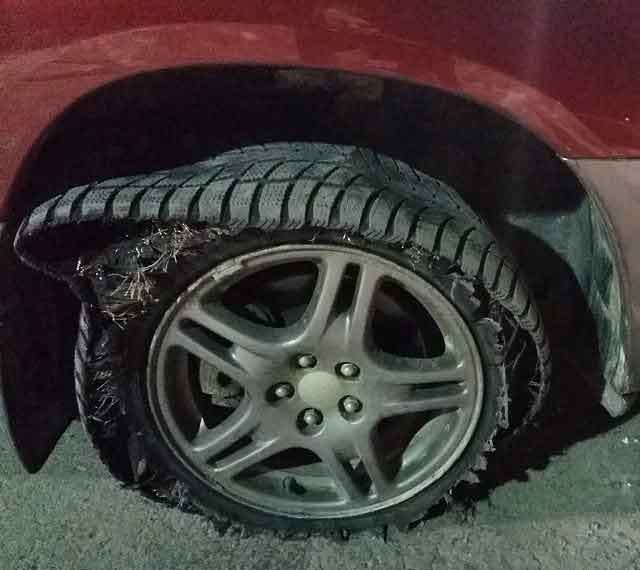If you’ve ever been involved in a car accident, you know the horrific ensemble of sounds. The crunching of metal, the screeching of tyres, and the deafening silence that follows. Adrenaline pumps through your veins and you slowly begin to check if you’re okay. It can happen to anyone, especially in poor weather. But, what do you do next? In your dazed and confused state, what is the correct procedure? Today, we’re looking at some of the rules and best-practices following a car accident. They’ll help you stay safe and report the accident correctly.
Table of Contents
Stop
If you’re involved in an accident, then you must always stop the car. If anyone is injured or any property is damaged, it is a criminal offence to drive away. Damage includes a broken bollard, bent lamppost or road signs too. You must then report the accident immediately to the authorities. Failing to stop and report carries a heavy fine, and the authorities may disqualify you from driving.
Make sure everyone is okay
Once you have safely stopped, check that everyone in your car is okay. Start with yourself and make sure there are no obvious signs of damage. Remember, you will be pumping with adrenaline and may not feel any immediate injuries. Next, check all the passengers in your car. Make sure they are responding and feeling okay. If there are any other parties involved, such as another car or pedestrian, ensure they’re okay too. In these situations, it’s useful to carry a first-aid kit to tend any immediate wounds or problems. For more info on what to include in a first-aid kit.
Get the car off the road
If possible, try to move the car out of the flow of traffic. If you incurred a small bump, it may be possible to safely drive the car out of harm’s way. Put your hazard lights on. If you have reflective cones, put them at a respectable distance at the front and back of the car. You too should wear a reflective jacket while moving around the car. These are both items you should carry in your car at all times, just in case.
Exchange details
If there are other parties involved in the accident, you must leave your insurance details. Whether it’s another car or property, it’s a legal requirement to exchange these details. If you don’t immediately have them to hand, you are required to exchange within a reasonable period. Even if the accident wasn’t your fault, it’s wise to pass on your details. But, do inform your insurance company, and keep them in the loop. If you want more information on the legalities involved here, visit car accident attorney.
Take precise notes about the accident
You may find yourself in a battle over compensation as a result of the accident. If so, you’ll want clear notes about the accident to hand. Try to take down as much as possible from the scene. That should include weather conditions, names, and car details. You should even sketch an image of how the accident occurred and take photos, if possible.
The important thing is making sure everyone is safe and alerting the authorities. Don’t make the situation any worse than it already is.














